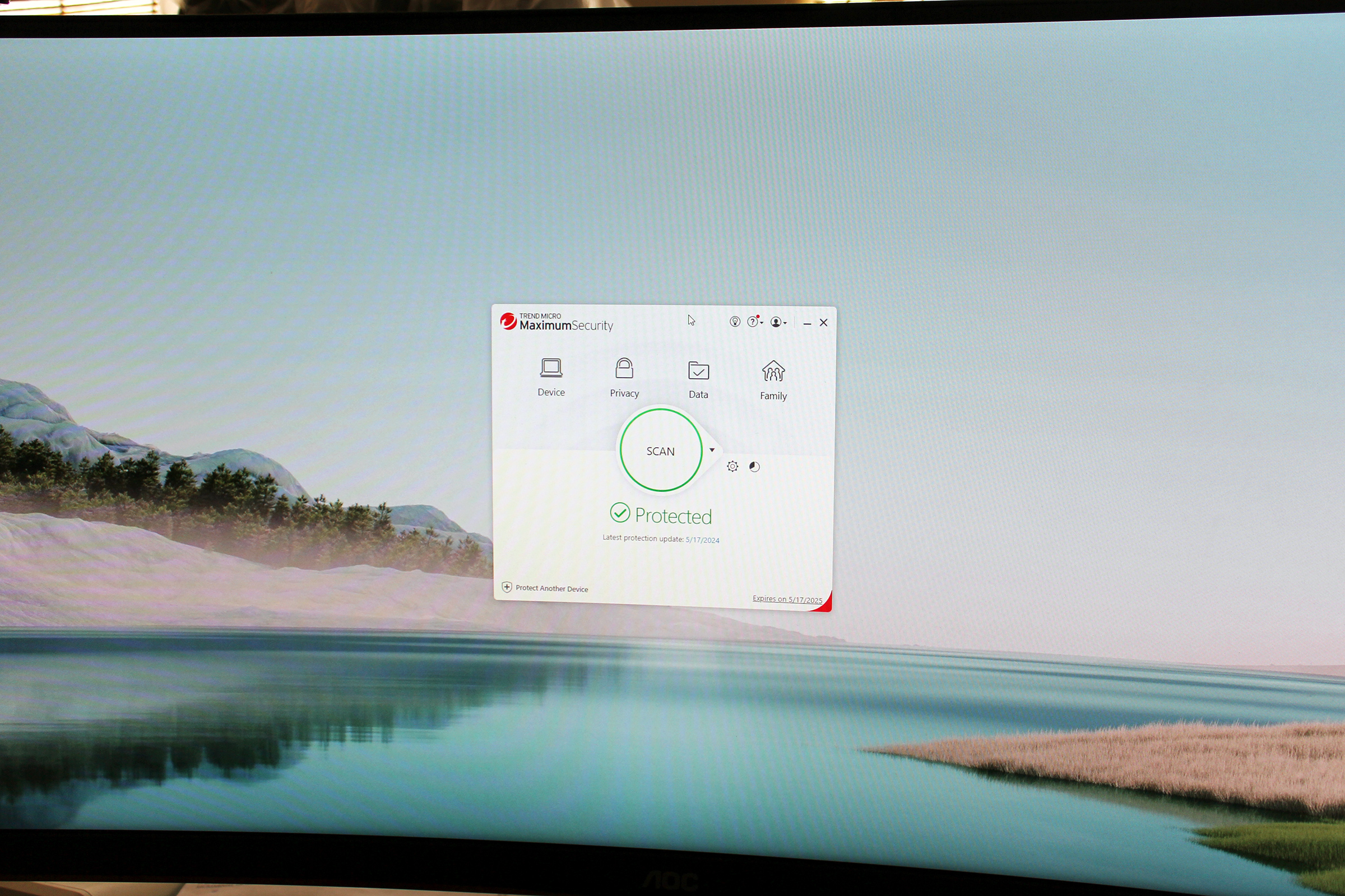PC gamers have been looking forward to the release of Ghost of Tsushima, Sucker Punch’s Kurosawa-flavored open-world PlayStation exclusive, for literally years. But it looks like the game has a pleasant surprise upon launch: it’s multi-platform in more ways than one. Early players have discovered that you can use Nvidia DLSS and AMD FSR at the same time while playing.
For the uninitiated, Nvidia’s Deep Learning Super-Sampling and AMD’s Fidelity Super Resolution are two flavors of extremely similar technology, using some extremely complicated math to boost a game’s effective resolution without the performance hit that usually accompanies it. Typically the technologies are so similar that you can’t do both at the same time, to say nothing of the fact that DLSS is exclusive to Nvidia cards while FSR is mostly open.
What’s going on with Ghost of Tsushima then? As VideoCardz.com explains, it’s taking advantage of the fact that AMD FSR 3.1’s has decoupled two performance-boosting techniques, resolution upscaling and frame generation. Frame generation is yet another way of using complex modern chips to give you better performance, by artificially inserting animation frames in between frames that are rendered conventionally by the GPU.
Frame generation has been derided as “fake frames” by some purists who don’t want to use extras to boost conventional graphics card performance. But demonstrations have shown a dramatic improvement in the actual look of games, and a single-player aesthetic showcase like Ghost of Tsushima is an ideal place for the tech to shine.
Crucially, FSR’s “Fluid Motion” frame generation technique doesn’t conflict with the upscaling tech in DLSS. And since it’s multi-platform, you can run it just fine on Nvidia graphics cards. Ghost of Tsushima supports both out of the box, if initial testing on Twitter is to be believed. So if you have an Nvidia card — and most PCs capable of running the game do — then you can use DLSS for upscaling and FSR for frame generation.
Of course you can also go all-Nvidia and use DLSS for both, or switch over to FSR’s resolution upscaling technique and frame generation. It’s a refreshing thing to see out of a new PC release, especially a console port, which don’t always offer the most flexibility when they make the jump.
Graphics Cards
PC gamers have been looking forward to the release of Ghost of Tsushima, Sucker Punch’s Kurosawa-flavored open-world PlayStation exclusive, for literally years. But it looks like the game has a pleasant surprise upon launch: it’s multi-platform in more ways than one. Early players have discovered that you can use Nvidia DLSS and AMD FSR at the same time while playing.
For the uninitiated, Nvidia’s Deep Learning Super-Sampling and AMD’s Fidelity Super Resolution are two flavors of extremely similar technology, using some extremely complicated math to boost a game’s effective resolution without the performance hit that usually accompanies it. Typically the technologies are so similar that you can’t do both at the same time, to say nothing of the fact that DLSS is exclusive to Nvidia cards while FSR is mostly open.
What’s going on with Ghost of Tsushima then? As VideoCardz.com explains, it’s taking advantage of the fact that AMD FSR 3.1’s has decoupled two performance-boosting techniques, resolution upscaling and frame generation. Frame generation is yet another way of using complex modern chips to give you better performance, by artificially inserting animation frames in between frames that are rendered conventionally by the GPU.
Frame generation has been derided as “fake frames” by some purists who don’t want to use extras to boost conventional graphics card performance. But demonstrations have shown a dramatic improvement in the actual look of games, and a single-player aesthetic showcase like Ghost of Tsushima is an ideal place for the tech to shine.
Crucially, FSR’s “Fluid Motion” frame generation technique doesn’t conflict with the upscaling tech in DLSS. And since it’s multi-platform, you can run it just fine on Nvidia graphics cards. Ghost of Tsushima supports both out of the box, if initial testing on Twitter is to be believed. So if you have an Nvidia card — and most PCs capable of running the game do — then you can use DLSS for upscaling and FSR for frame generation.
Of course you can also go all-Nvidia and use DLSS for both, or switch over to FSR’s resolution upscaling technique and frame generation. It’s a refreshing thing to see out of a new PC release, especially a console port, which don’t always offer the most flexibility when they make the jump.
Graphics Cards PCWorld






